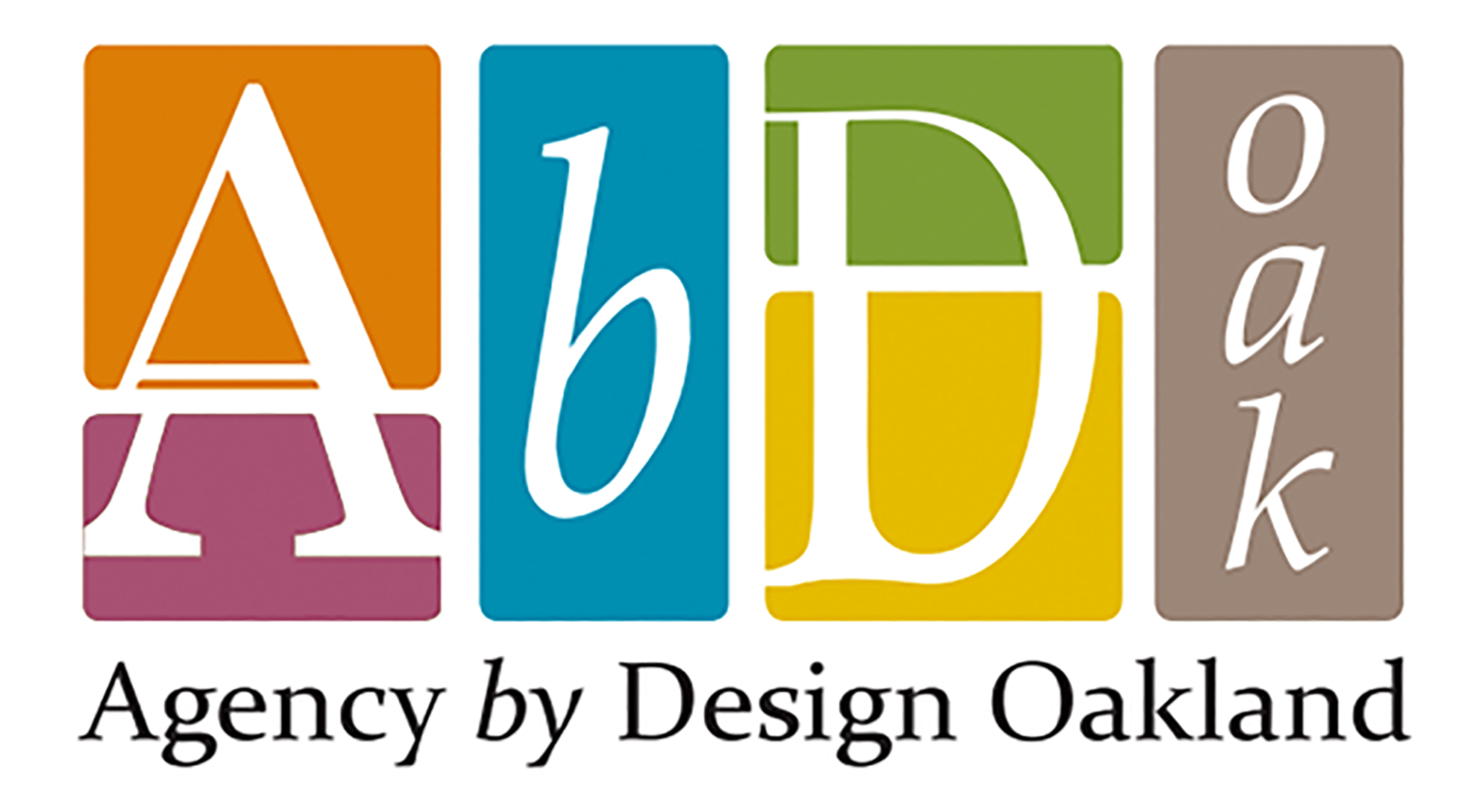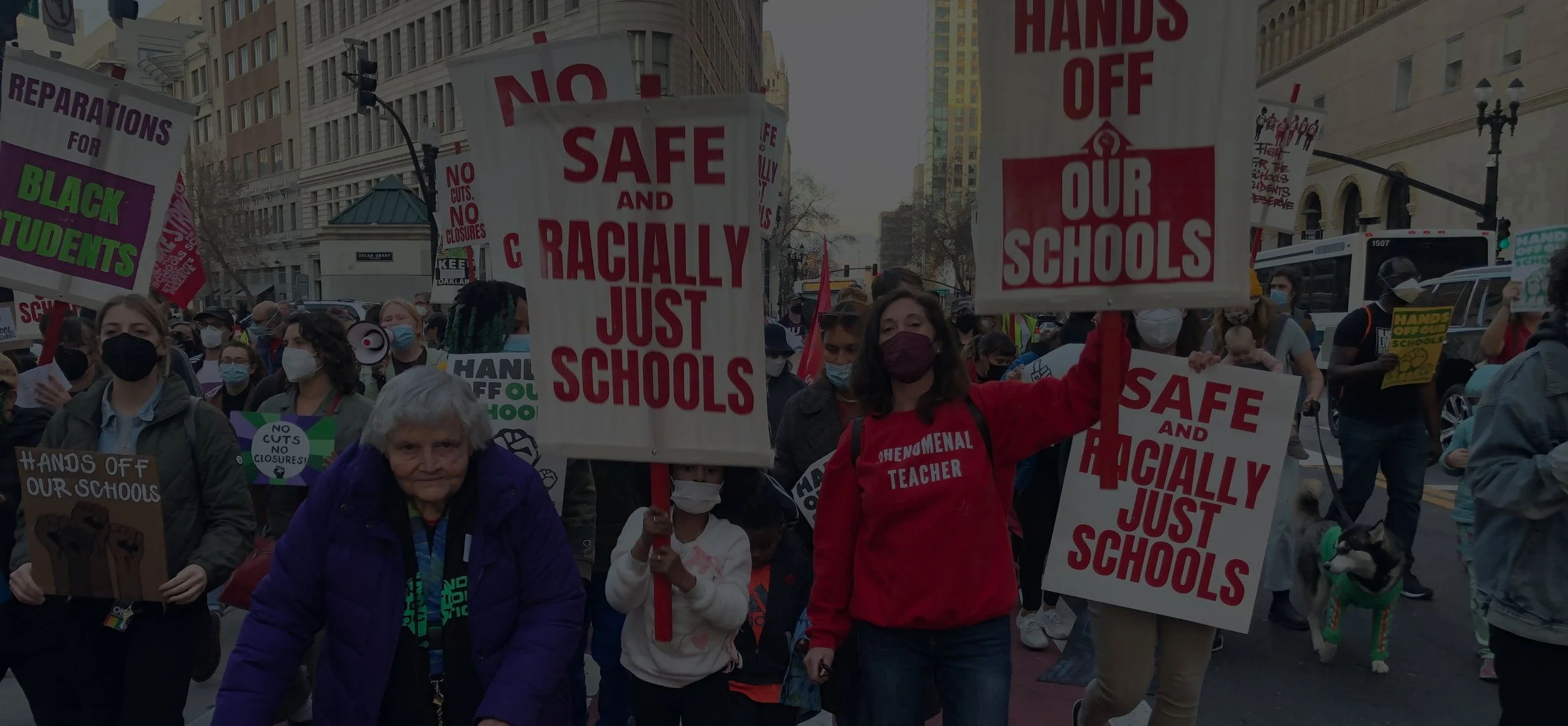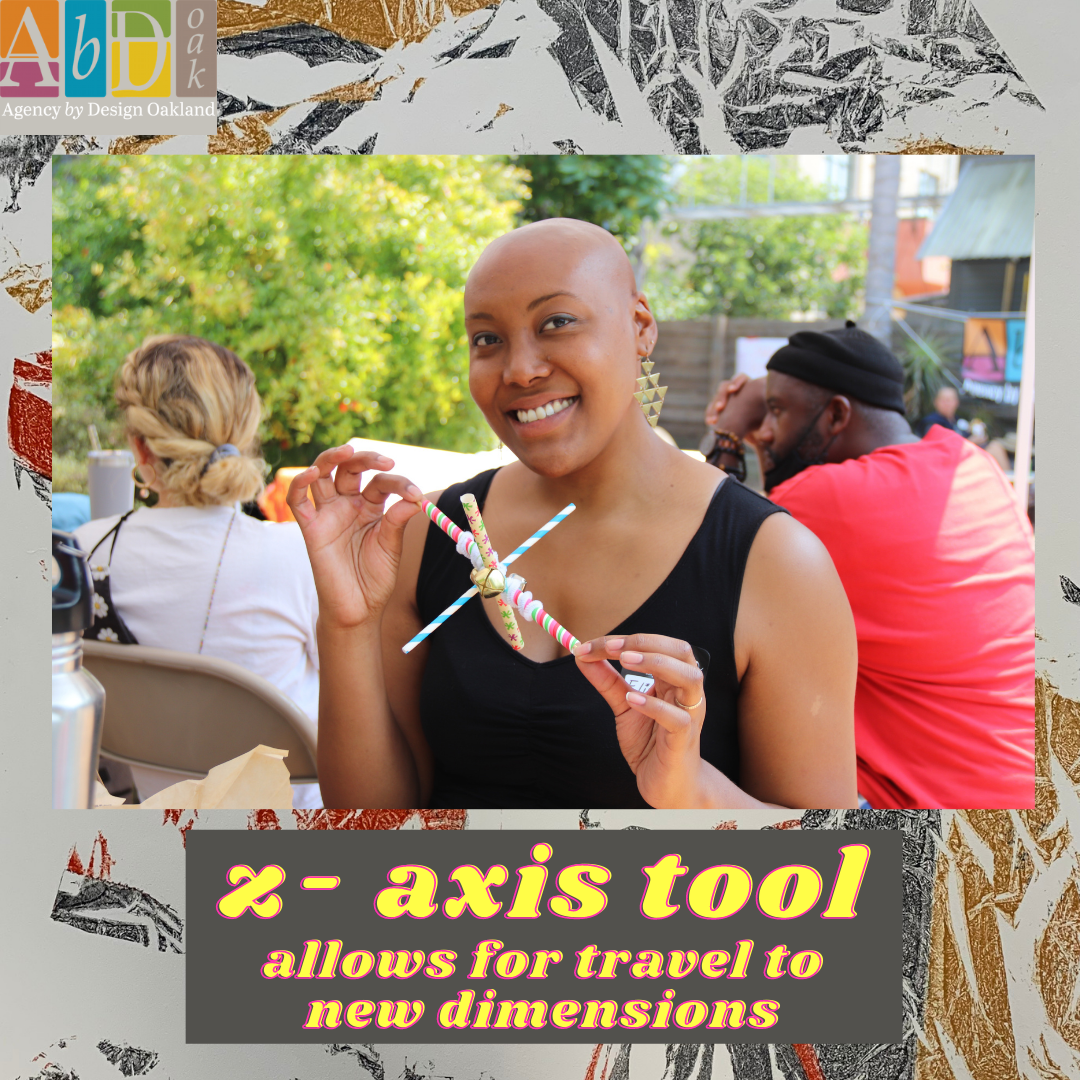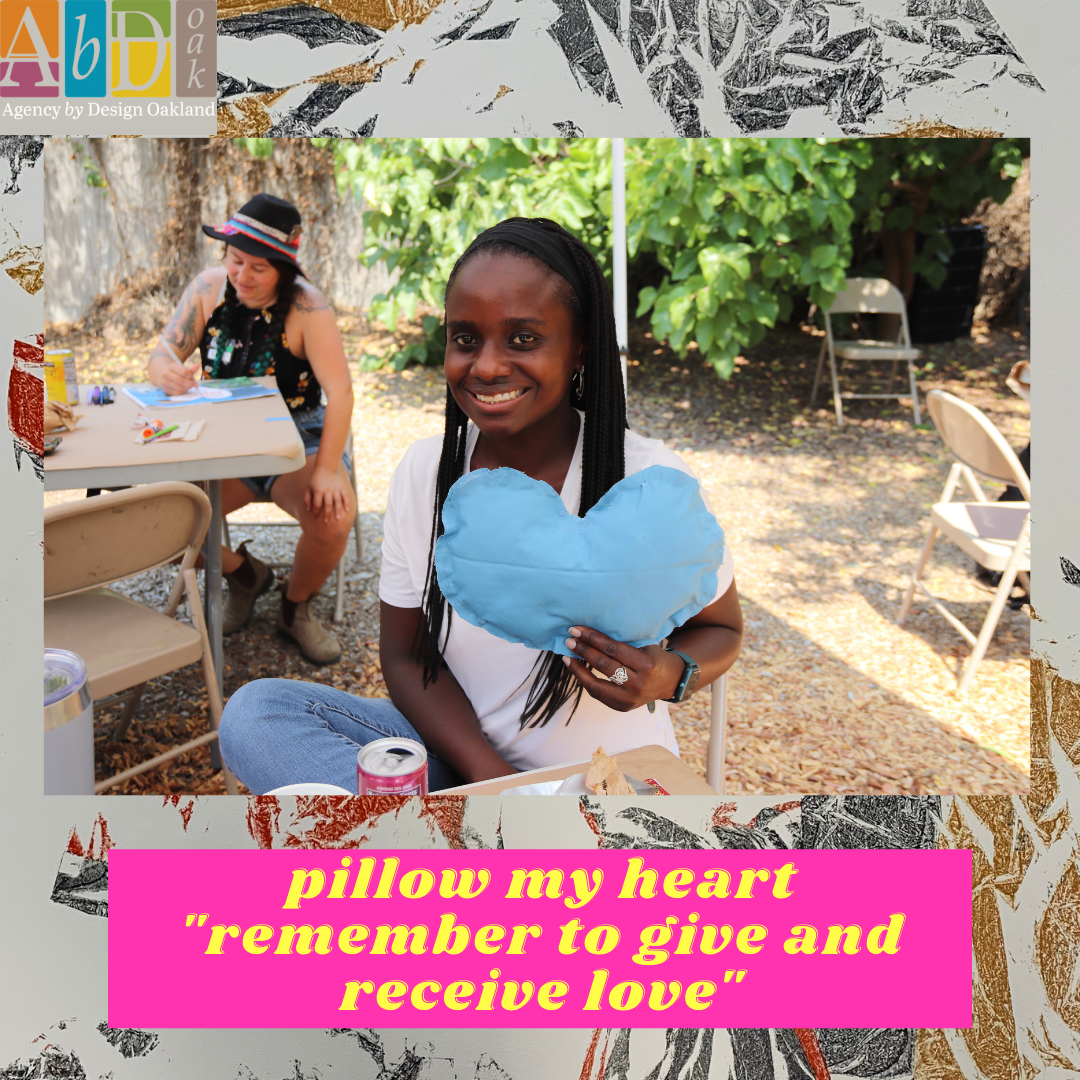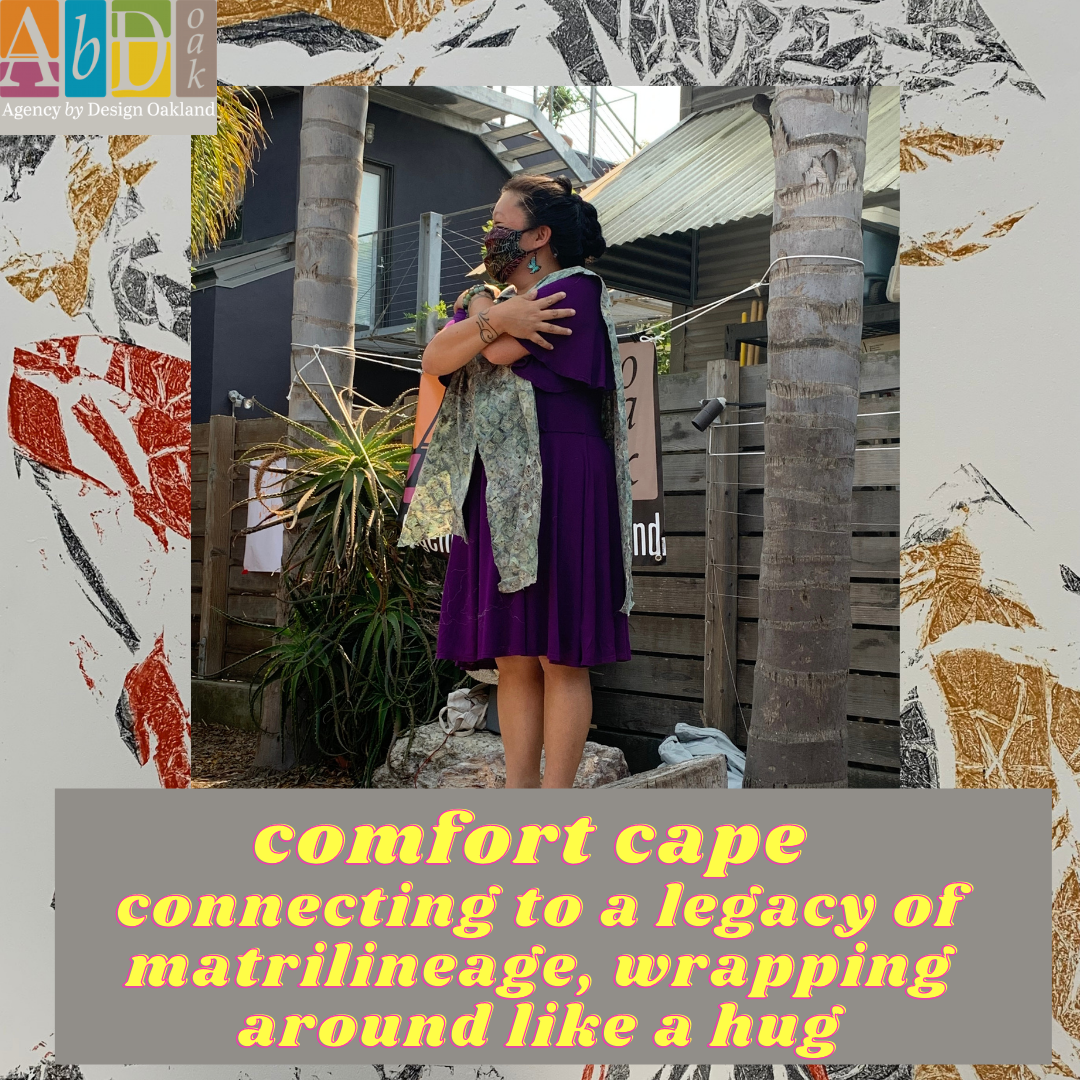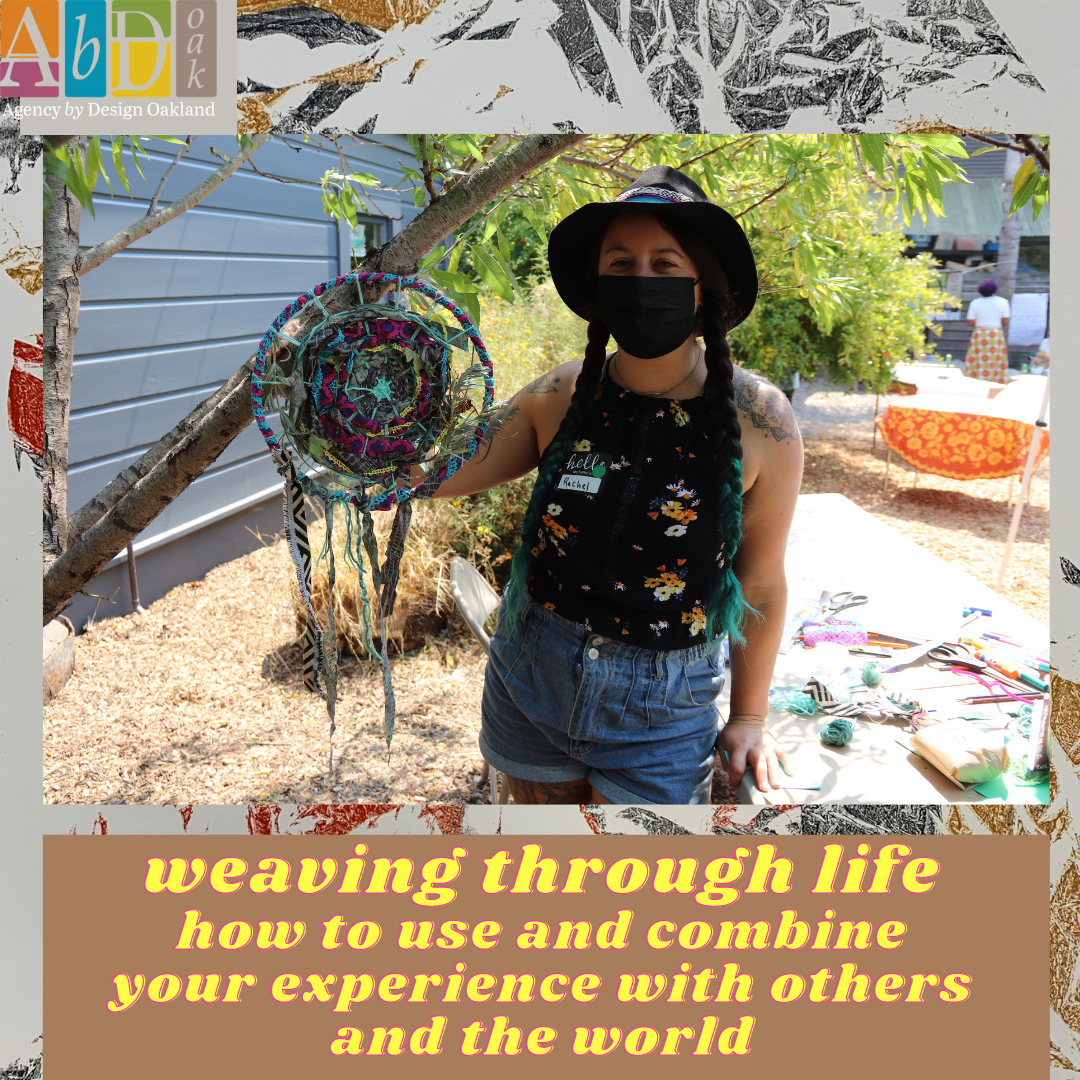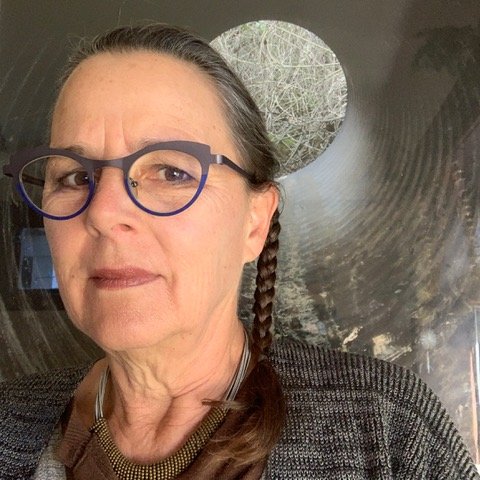Resources for Looking Closely at OUSD's proposed school closures
By Brooke Toczylowski, Susan Wolf, and Paula Mitchell
Wondering what’s going on in the Oakland Unified School District?
Want to figure it out for yourself?
Need to help your students develop their own understanding?
Once you look closely and explore the complexity of a system, you can start forming your own understanding and then find opportunity to change it. We use these three capacities to help us structure our learning and ultimately guide what actions we choose to take. This framework is useful for developing agency around systems, for both adults and young people.
This work grew out of the seven years of research we collaborated on with Project Zero, at the Harvard Graduate School of Education. Learn more at www.agencybydesign.org.
Looking Closely:
What are the Parts, Purposes, and Complexities of Oakland’s proposed school closures and consolidations?
The Parts, Purposes, and Complexities thinking routine allows us to get a grasp on the puzzle pieces and to start to identify how things are connected. It can be used over and over again throughout a learning experience and can also be used as an assessment to demonstrate how our thinking has deepened or changed.
Oakland Unified School District board members at an August meeting. Credit: Kathryn Styer Martínez Credit: Kathryn Styer Martínez. Image published in the Oaklandside, here.
Choose one or two of the articles below, or others, to read. For young students or English Language Learners we recommend narrowing in on one paragraph and/or using the audio interview and creating a transcript of what you hear.
Wait, what’s going on? What happened at last week’s board meeting?
KQED Interview with Oaklandside reporter Ashley McBride
School Walkout & Overview
How are we in this situation?
How is OUSD’s budget set? Explainer by The Oaklandside
The county’s concern over OUSD’s budget
What was the Small Schools Movement?
Small Schools Overview, KQED, 2019
10 years after the Small Schools Movement, 2009
What about California’s education budget?
How is CA’s education budget created?
Recent News: Budget increases , SF Chronicle, 2022
After reading or listening, begin to process your understanding by organizing your thinking on the Jamboard below, also linked here. This Jamboard is open and editable to the public for collective thinking by adding a virtual sticky note. You can also make a copy for your own use. New to the thinking routine? This explains how to use it.
Exploring Complexity:
How do people Think, Feel, and Care about the proposed school closures and consolidations?
Community rally in downtown Oakland on February 4, 2022.
Photo taken by Paula Mitchell.
This routine develops empathy and helps us develop perspective taking. But it also invites us to consider our own biases and the judgements we hold about other people, and it reveals the gaps in our understanding.
Read about the recent community actions:
Oaklandside, East Bay Times. For young students or English Language Learners you could look closely at one or more of the images.
Choose one person or one perspective to dive into. Here are some choices:
Consider the perspective of André San-Chez and Moses Omolade, educators at Westlake Middle School on Day Seven of a hunger strike. Watch this interview with Mx. San-Chez.
Consider the perspective of a student whose school is slated to close. Consider their background and identity - race, socioeconomics, and academic experience. Question your biases and assumptions.
Consider the perspective of an educator. Read long-time Oakland educator, Paula Mitchell’s, story “We’ve Been Here Before.”
School Board Members—Here’s a list of who they are. Here is Sam Davis’s recent newsletter. Shanthi Gonzalez’s January blog post, or Mike Hutchinson’s tweet, which is possibly how this information became public (It appears the original is deleted).
County superintendent L.K. Monroe’s “Lack of Going Concern” letter to OUSD’s Board
Record your thinking on the jamboard here. This Jamboard is open and editable to the public, for collective thinking, but you can also make a copy. Check out the original Think Feel Care thinking routine here.
Finding Opportunity
Imagine If... the system of public education was fully funded, was more equitable, more caring, inclusive and joyful.
The Imagine If... thinking routine is an expansive idea generator. It helps us envision and dream out loud. It can sometimes turn something sour into something sweet. It opens up a pathway to action.
Opportunity comes in many shapes and sizes.
Opportunity can be a scream or a whisper.
Within a Pandemic we are already situated within cycles of concern and trauma. What opportunity looks like will be different for each individual. It may be pulling back, setting boundaries, and finding space to nap, hike in the woods or in the kitchen chopping up ingredients for a big pot of soup. Finding opportunity may also be fierce. It may launch you into community organizing or activism.
The things that people care about inform and inspire your next steps.
Revisit the wisdom resulting from your individual or community engagement with the Think, Feel Care routine. Take time in your journal to reflect, to write or draw. Where do you find yourself? Where are the places you find hope or joy?
Think, Pair, Share is another thinking routine. It is a guide for conversation. From your journal reflection, discuss emerging insights with a partner. If you’re able, find others to share with and learn from. This thinking routine builds our capacity for dialogue.
Spanish version here.Imagine If... is a thinking routine for envisioning the future.
Find the thinking routine here
For younger children here
Spanish version here
Record your thinking on the jam board here
What is your creative response? What can we make, together?
Visual Art: poster, drawing, painting, social media graphics, murals, mandalas, sculpture
Written: Poem, I believe... Statement, Letters: Truth to Power
Media: interviews, film, storytelling, journalism
We have the tools to look closely at systems, to examine them inside and out, and then come up with solutions to these problems. It is our hope and expectation that the school board has been, and is, doing this kind of critical work. The recent birth of The Oaklandside means we have more tools at our disposal than other cities. In a country where local journalism is almost non-existent these days, we have access to important information and reporting to help us navigate these systems. But we must also hone our skills, and our students’ skills, in looking for sources, deciphering their reliability, engaging in our own investigations, and coming to our own conclusions.
It’s going to take everyone to solve complex problems like this one. And these challenging circumstances demand rigorous critical thinking in order to spur innovative and creative ideas.
These tools are not new, but they are useful routines that can be used in new ways to look at emergent problems. Since 2011, Agency by Design Oakland has been working with Oakland teachers around maker-centered learning and systems thinking. There’s a large network of Oakland educators who have grown their expertise around using these thinking routines and how to engage young people in critical systems thinking.
Interested in learning more?
Want support facilitating the work of looking at systems together?
Email us at info@abdoakland.org.
